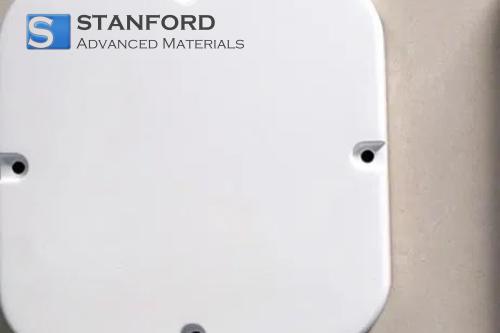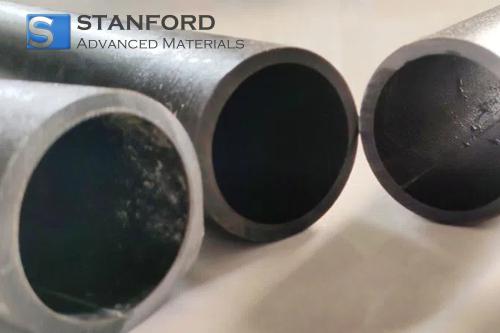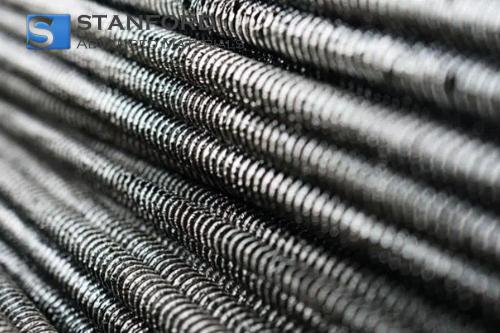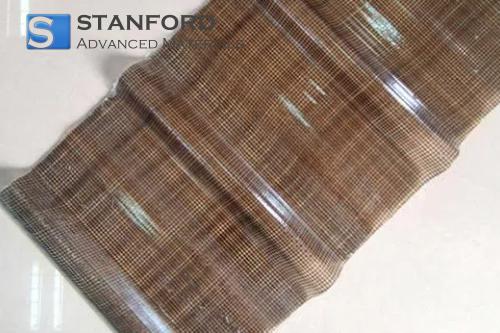Advanced Ceramics In Green Energy Technologies
Description
This article examines the application of high performance ceramics in renewable energy systems. We assess the performance of these materials at elevated temperatures and under aggressive environmental conditions. Read further to review specific datasets and practical examples of applications within green energy.
Applications of Ceramics in Green Energy
High performance ceramics are utilised in green energy systems. They operate at high temperatures and exhibit resistance to chemical influences. For example, ceramics such as Aluminium Oxide and Silicon Carbide are frequently employed for components in solar collectors and energy conversion devices. Their low weight and rigid structure contribute to enhanced system stability.
In Fuel Cells ceramics are deployed as solid electrolytes to facilitate ion transport. This arrangement enables operation at lower temperatures and increases energy conversion efficiency. Ceramic membranes in these cells are capable of operation between approximately 600°C and 800°C. Solid electrolytes based on zirconium dioxide are widely employed because of their high ionic conductivity and durability.
High performance ceramics are also used in the manufacture of thermoelectric generators. In waste heat recovery systems, these materials convert thermal energy into electrical current. In such systems, ceramics reduce heat losses and allow for efficient energy conversion. For instance, Silicon Carbide exhibits a thermal conductivity of approximately 120–270 W/mK, thereby meeting the requirements for applications with stringent thermal management demands.
Another area in which ceramics are applied is high-temperature insulation. In renewable energy installations, components may be subjected to extreme temperatures. Advanced ceramic insulators, for example those based on mullite, ensure safe operation at temperatures that frequently exceed 1 000 °C. This characteristic prolongs component lifespan and reduces maintenance requirements.
In several green energy systems, ceramic coatings are applied to protect against corrosion. Wind turbines and solar receivers benefit from ceramic layers that are resistant to oxidation and that improve energy efficiency. In concentrated solar energy systems, ceramic coatings on receivers can withstand temperatures exceeding 700 °C without degradation. This performance ensures that the system continues to operate effectively over extended periods.
Ceramics are also employed as filters in green energy processes. Ceramic filters in gas purification systems, as used in biomass plants, remove particulate matter. These filters are engineered to endure thermal cycles and mechanical loads. A ceramic filter may have a pore size ranging from 0.1 to 1.0 micrometres in order to guarantee effective pollutant control.
High performance ceramics are additionally applied in electrochemical energy storage. Ceramic components in batteries can contribute to improved performance. Ceramic separators in lithium-ion batteries provide high mechanical strength and thermal stability. Certain ceramic materials may exhibit an ionic conductivity of nearly 1 × 10-³ S/cm at room temperature, thereby demonstrating potential for future battery applications.
Research and development in ceramic technology continue to yield measurable improvements. Scientists and engineers regularly utilise composite ceramics that combine different materials. These composites may consist of mixtures of oxides and carbides. This combination offers properties that are tailored to specific green energy devices. In many cases, ceramics are integrated with metal components to form a hybrid system that exploits the favourable properties of both material types.
Conclusion
High performance ceramics play an important role in the advancement of green energy systems. Their properties, including high temperature resistance, longevity and chemical stability, are fundamental to various renewable energy applications. Ongoing research and practical examples have demonstrated improvements in system efficiency. These materials offer promising potential for the development of sustainable energy solutions. Engineers and scientists continue to assess the capacity of ceramics to develop efficient and reliable solutions for green energy. For further information please visit Stanford Advanced Materials (SAM).
Frequently Asked Questions
Q: Why are ceramics suitable for high-temperature applications?
Q: Ceramics are capable of operating at elevated temperatures and resist chemical reactions, thereby ensuring the stability of demanding energy systems.
Q: How do ceramics contribute to the efficiency of fuel cells?
Q: Ceramics facilitate ion transport in fuel cells, thereby allowing operation at lower temperatures and increasing energy conversion efficiency.
Q: Can ceramics be used in solar thermal systems?
Q: Yes, ceramic coatings and collectors withstand very high temperatures and reduce heat loss in solar thermal systems.

 Bars
Bars
 Beads & Spheres
Beads & Spheres
 Bolts & Nuts
Bolts & Nuts
 Crucibles
Crucibles
 Discs
Discs
 Fibers & Fabrics
Fibers & Fabrics
 Films
Films
 Flake
Flake
 Foams
Foams
 Foil
Foil
 Granules
Granules
 Honeycombs
Honeycombs
 Ink
Ink
 Laminate
Laminate
 Lumps
Lumps
 Meshes
Meshes
 Metallised Film
Metallised Film
 Plate
Plate
 Powders
Powders
 Rod
Rod
 Sheets
Sheets
 Single Crystals
Single Crystals
 Sputtering Target
Sputtering Target
 Tubes
Tubes
 Washer
Washer
 Wires
Wires
 Converters & Calculators
Converters & Calculators
 Write for Us
Write for Us





 Chin Trento
Chin Trento


